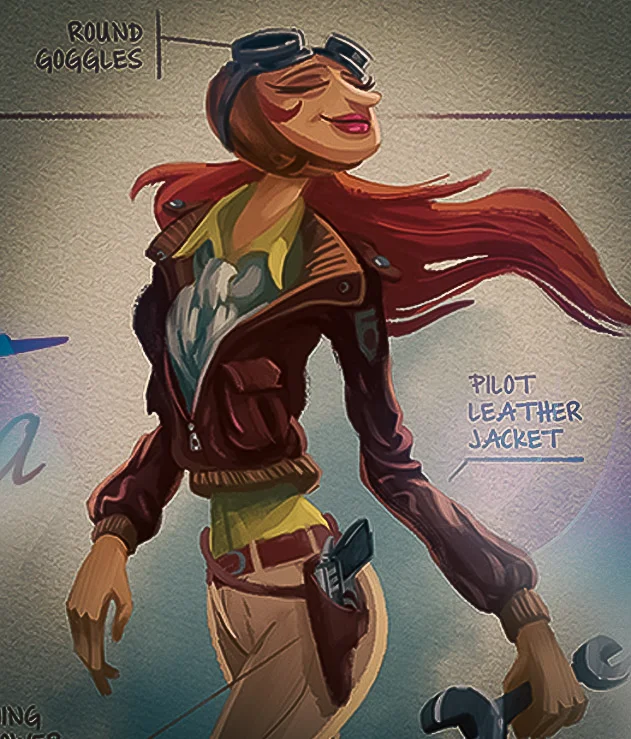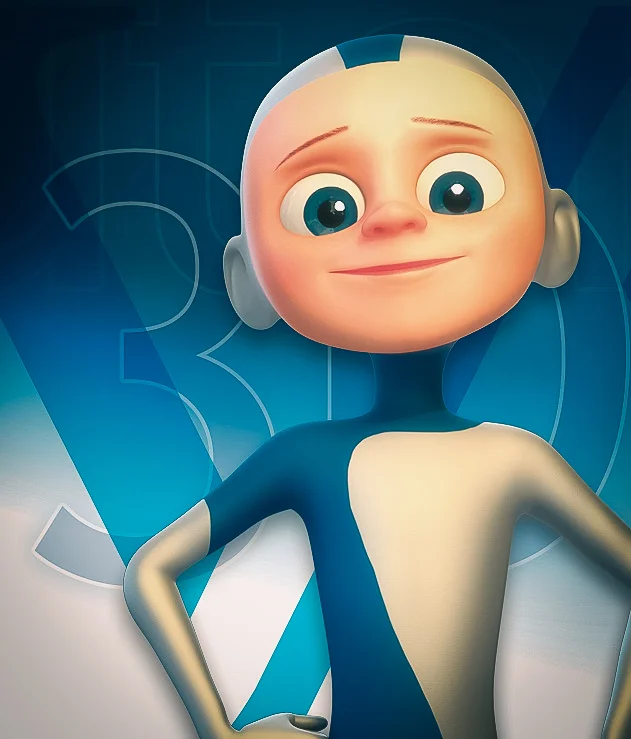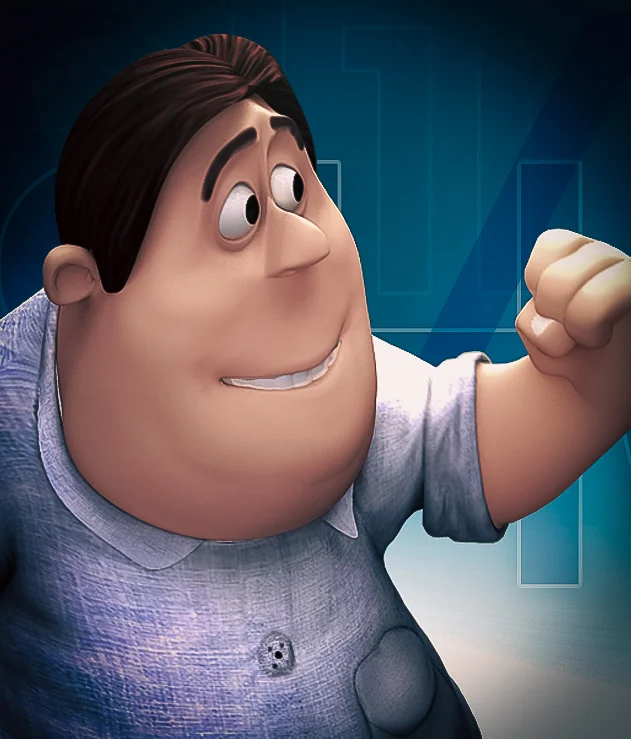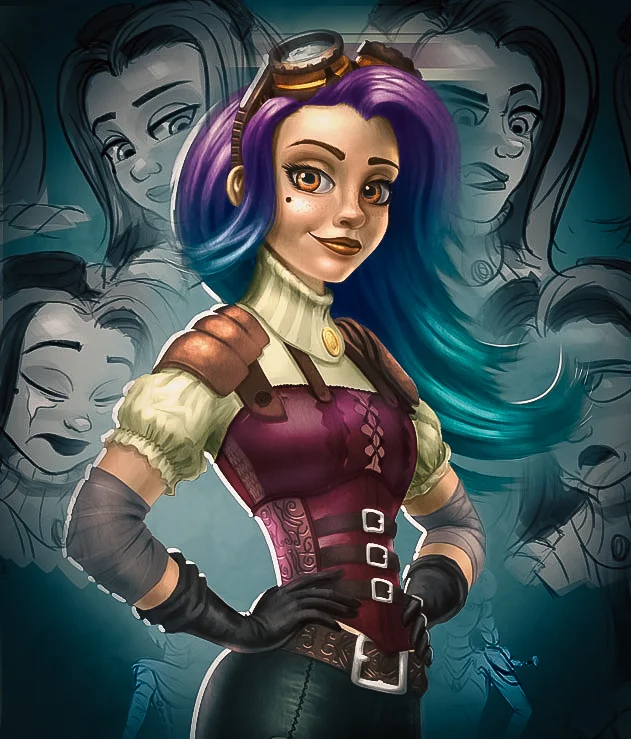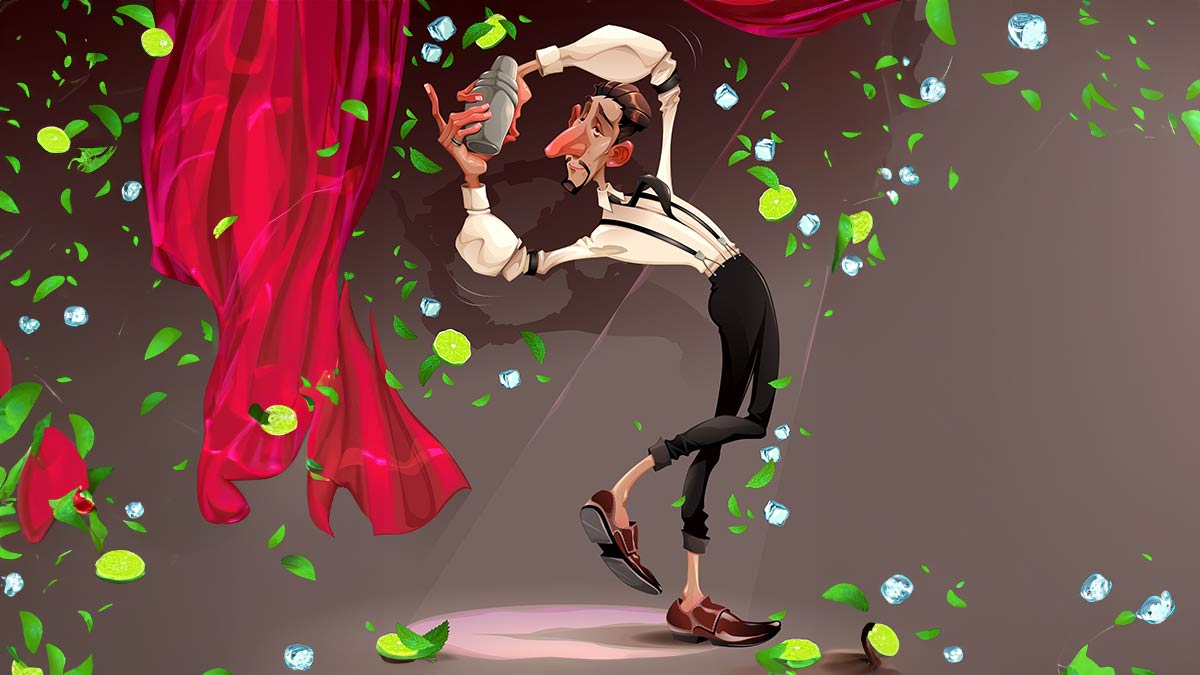 Image: Danilo Sanino (Motion Array)
Image: Danilo Sanino (Motion Array)
Author: VANAS
Using Satire or Caricatures for Comedy in Animation
Table of Contents
- What is Satire and Caricature in Animation?
- Why Satire and Caricature Make Animation Funny
- The Power of Visual Comedy
- Designing Funny Characters
- Famous Examples of Satirical Animation
- How to Use Caricatures in Animation Projects
- Challenges in Creating Satire and Caricature in Animation
- Tips for Aspiring Animators
- Frequently Asked Questions
What is Satire and Caricature in Animation?
Satire in animation uses humor, irony, and exaggeration to criticize or poke fun at people, events, or ideas. Caricature focuses on exaggerating features, personalities, or actions to make characters look and feel funny. Together, they make animation not just entertaining but thought-provoking.
Animation is a powerful tool to create satire and caricatures because it allows artists to exaggerate in ways that live-action cannot.
Why Satire and Caricature Make Animation Funny
Satire and caricature thrive on exaggeration. A caricatured character with an enormous nose or a villain with a ridiculously evil laugh instantly grabs attention.
When the humor starts before the character even moves, the animation becomes even more impactful. As Walt Disney once said, “Animation can explain whatever the mind of man can conceive.” Satirical and caricatured designs make concepts more relatable, and their exaggerated traits ensure the audience stays engaged.
For aspiring animators, these styles are great tools to explore because they bring stories to life and connect them to the audience.
The Power of Visual Comedy
Visual comedy is animation’s secret weapon. It makes people laugh without needing a single line of dialogue. Imagine a character slipping on a banana peel or a wide-eyed, goofy expression.
Why visual comedy works:
- Immediate laughs: You don’t need explanations.
- Global appeal: Visual humor transcends language barriers.
- Memorable characters: People remember funny designs and moments.
A strong example is the Minions from Despicable Me. Their quirky designs and silly antics create instant humor.
Designing Funny Characters
Creating funny characters in animation starts with visual exaggeration. The more a character’s design screams "comedy," the easier it is to make the audience laugh.
Tips for designing funny characters:
- Exaggerate features: Big heads, tiny legs, or quirky hairstyles make characters stand out.
- Add unique quirks: A character with a high-pitched laugh or a waddling walk is unforgettable.
- Play with contrasts: A giant monster with a squeaky voice or a tiny character with super strength surprises the audience.
Famous animator Chuck Jones, known for Looney Tunes, believed that “a character’s design and motion are key to their personality.”
Famous Examples of Satirical Animation
Some of the funniest animated works are built on satire and caricatures.
- The Simpsons: This show uses satire to mock American culture, politics, and family life.
- South Park: Known for its bold humor, it exaggerates social and political issues with outlandish characters.
- Shrek: The movie parodies fairy tales by twisting traditional characters into comedic versions.
These examples show how satire can elevate storytelling in animation by adding layers of humor and meaning.
How to Use Caricatures in Animation Projects
Caricatures work best when they are visually striking and directly tied to the character’s personality or role.
Steps to create caricatures:
- Study real-life features: Focus on what makes someone unique, like their big ears or loud laugh.
- Exaggerate the details: Make their defining features even bigger or more dramatic.
- Add personality: Let their actions and expressions reflect their exaggerated traits.
Caricatures aren’t limited to people. Even objects and animals can be caricatured. Think of Cars by Pixar, where vehicles have human-like traits.
Challenges in Creating Satire and Caricature in Animation
While satire and caricature are fun, they come with challenges.
- Balancing humor: Going too far can offend instead of amuse.
- Understanding the audience: What’s funny to one group may not be to another.
- Maintaining consistency: Exaggerated features must stay consistent throughout the animation.
Animators need to strike a balance between exaggeration and relatability.
VANAS Online Animation School offers Animation, Visual Effects, and Video Game programs. To launch your career, visit https://www.vanas.ca.
Tips for Aspiring Animators
Satire and caricature can take years to master, but anyone can start practicing.
- Watch animated comedies: Study how popular shows and movies use humor.
- Practice sketching caricatures: Draw people, animals, or objects with exaggerated features.
- Experiment with exaggeration: Take an idea and push it to its extreme.
As animator Tex Avery said, “In a cartoon, anything goes.” The sky's the limit when it comes to creativity in animation.
Frequently Asked Questions
What makes satire effective in animation?
- Satire works in animation because it combines humor with exaggeration, creating entertaining and thought-provoking stories.
How do caricatures enhance animation?
- Caricatures add visual humor and personality, making characters instantly recognizable and memorable.
What are some tools to practice creating caricatures?
- Drawing apps like Procreate or Adobe Animate are great for sketching and exaggerating features.
How do I avoid crossing the line in satirical animation?
- Focus on humor that’s clever and lighthearted instead of offensive.
How can I improve my animation skills?
- Enroll in animation courses or programs like those at VANAS Online Animation School.
Using satire and caricatures makes animation funnier and more engaging. These tools help tell unique stories and connect with audiences.
VANAS Online Animation School offers Animation, Visual Effects, and Video Game programs. To launch your career, visit https://www.vanas.ca.

